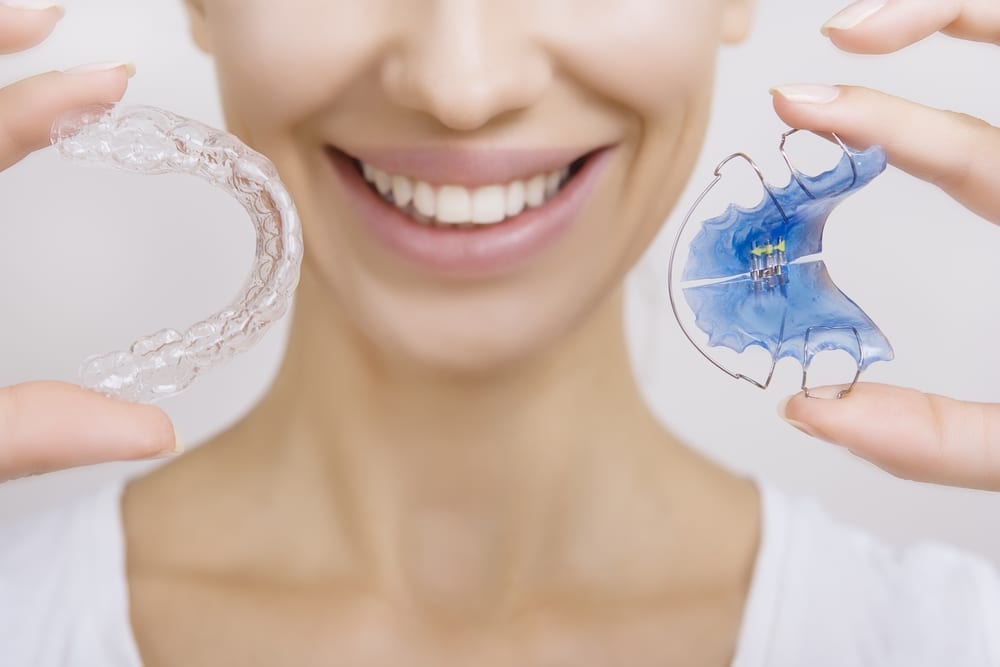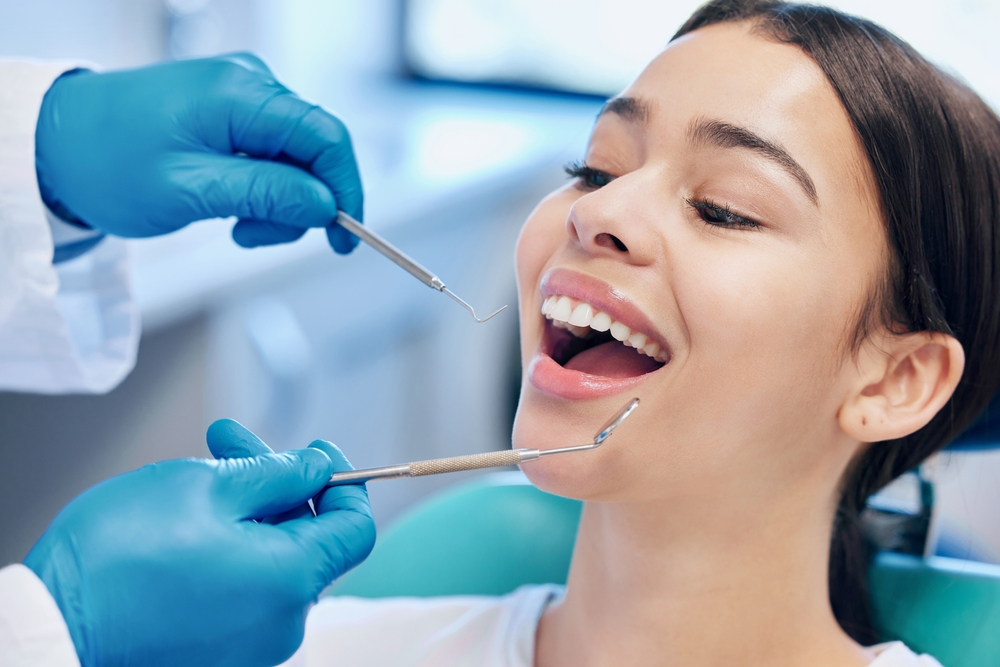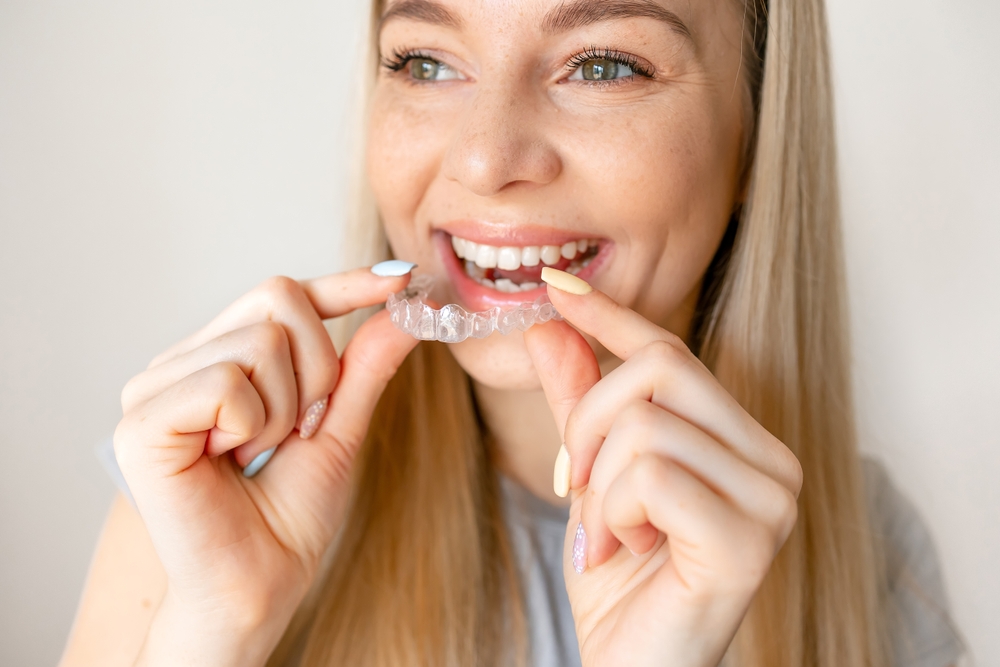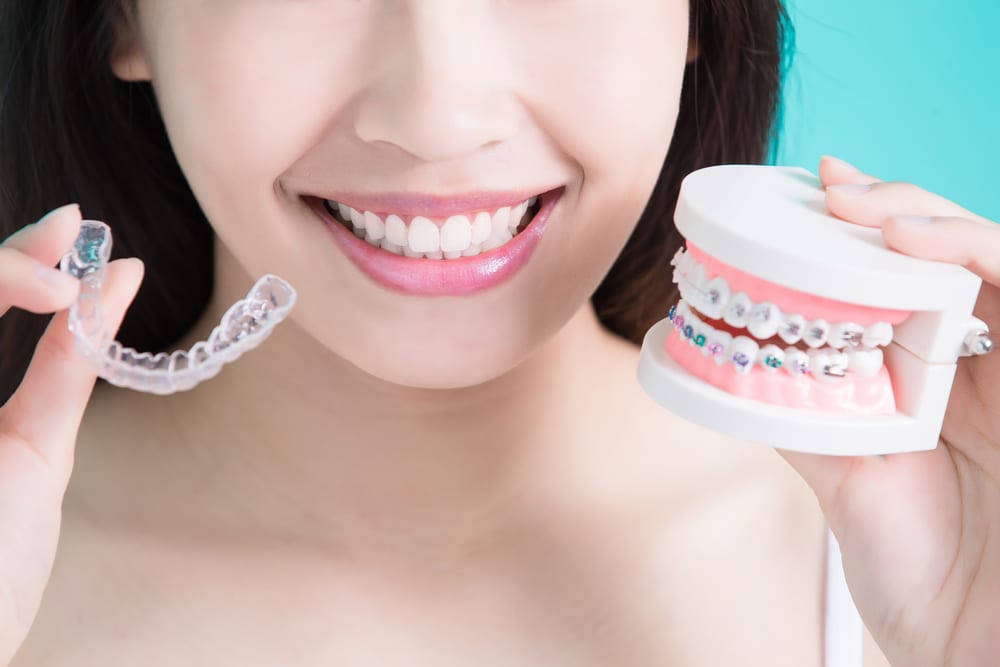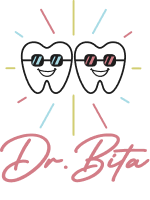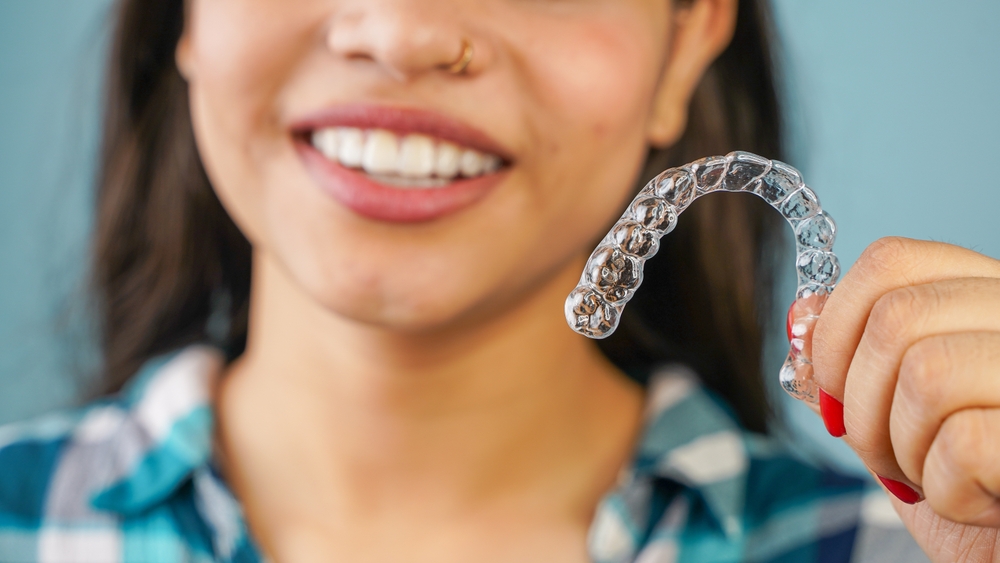
The Benefits of Clear Aligners for Busy Professionals in Encino
Balancing a full work schedule with personal responsibilities leaves little time for complex routines—especially when it comes to your health. If you’re a professional in Encino looking to improve your smile without disrupting your lifestyle, clear aligners may be the solution you’ve been waiting for. Invisalign and similar systems offer


